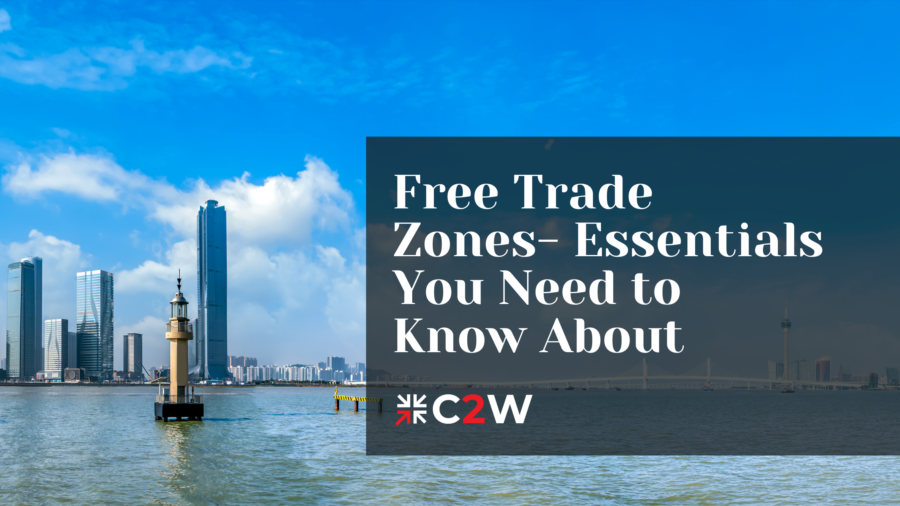Last Updated: December 31, 2021
When you’re planning on manufacturing or sourcing in China you probably already come across the term of free trade zones. We want to bring light into darkness, by giving a quick overview about what manufacturing in these zones means for you and especially when it’s economically reasonable for a company to choose a supplier in a free trade zone.
What is it?
Free trade zones are designated areas where goods can be manufactured, imported, exported, handled and stored without being subject to custom duty.[i]
What is it like in China?
As China has embraced the system of market economy to a great extent and thus the idea of Special Economic Zones (SEZ) has become increasingly irrelevant over the years, even though you may have heard of it, free trade zones are more frequently brought up now when it comes to trade with China. Unlike other countries, the FTZs in China are set up as a test for other regions to follow if successful. [ii]
What does it affect?
Foreign investments in FTZ can enjoy lower corporate income tax and payment in instalment, tax subsidies for qualified skilled talents, duty-free imports of machinery and equipment, and easier custom clearance procedures. ii
Where can I find free trade zones in China?
The first FTZ in China was approved by the government back in 2013 and launched in Shanghai the same year. Since then, 21 FTZs have been respectively established across the country across the coastal south all the way up to the continental north.
China 2 West’s headquarter is located in Zhuhai, Guangdong Province, where the FTZ of Hengqin New Area is located. To read more about Zhuhai take a look at our Blog.
The new policies in the Free Trade Zones are related to the following four topics: expansion of the finance sector, simplification of administration processes and expanding market access, upgrading of customs supervision framework and creation of a competitive regulatory and tax environment.
For a further overview of relevant cities when manufacturing in China, read our Blog about Chinas regions and tier 1 vs. tier 2 cities
Advantages and Disadvantages:
The advantage of choosing a free trade zone in China is that this zone is a bonded zone. This means that the products there are already costumed cleared.
The disadvantages of the free trade zones are that the labor rates and the warehousing costs are typically higher than elsewhere.
Conclusion: Is it important to pick a supplier in a free trade zone?
Free trade zones make sense for large companies that source material from several different countries, or companies that accumulate goods with different destinations, so the company sets up a factory in the free trade zone. When it’s only about sourcing, it shouldn’t be a primary determinant whether the supplier is located in a free trade zone or not.
By considering your personal interest and decisive factors on site, at China 2 West we make sure to get you the right supplier in the right location.


